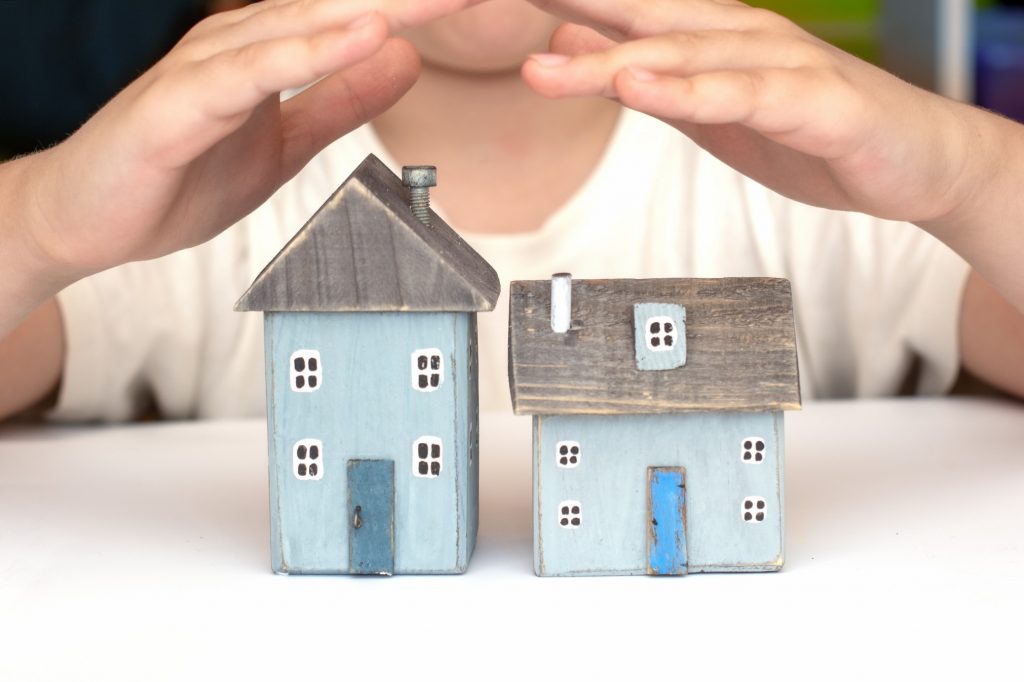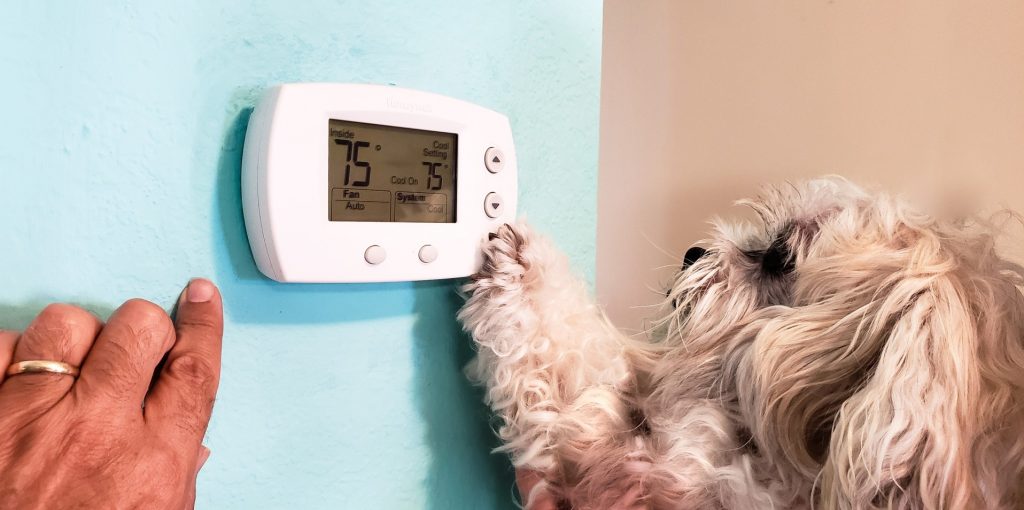
Back in 2015, when National was in power, a bill was put forward by Labour to try and force landlords to improve the quality of the rental stock across New Zealand.
The bill was called the Healthy Homes Guarantee Bill (No 2). The National Government opposed the bill arguing that it was not practical to pass a bill when nobody knew what the standards would be. They suggested, and in retrospect there was validity in their argument, that the standards should be set first and then the merits of the bill could be debated
The bill went to its first reading in Parliament on the 4th of May 2016 and no one expected it get through. The National-led Government was a coalition between ACT, the Maori Party and Peter Dunne’s United Future party. For the bill to pass, it would require at least two of the coalition partners to cross the floor and vote for the Labour-backed bill. ACT voted against the bill in line with its National Party stance, which was to be expected. Then the Maori party voted and they went against their Coalition partner and voted for the bill, going across the floor to support Labour. Many health issues faced by the occupants of these properties can be directly related to the notoriously poor condition of many of these homes. After the Greens and New Zealand first voted in favour of the bill, the sole deciding vote as to whether the bill had a future was down to the now-defunct United Future party, headed by their sole MP, the Right Honourable Peter Dunne. Dunne surprised everyone and voted in favour of the bill meaning that it had passed its first reading by one vote. This was greeted by rapturous applause from the opposition who had achieved something that is rarely seen in politics, an opposition bill getting through its first reading. And with that, former Ohariu MP Peter Dunne helped change the face of renting in New Zealand.
Once the Labour Party formed the next Government, the Healthy Homes Bill was fast-tracked through Parliament and it gained royal assent on the 30th of November 2017. Then, the hard work setting up the standards began. The Government had to come up with what the standards were going to be as this had not been decided. Workshops and public consultation followed as the standards would be discussed around the country. Then, for the first time in our history, we had a standard around what the minimum temperature of rental property was to become. Every rental property had to achieve a minimum temperature of 18 degree Celcius which was in line with the World Health Organisations guidelines for a recommended minimum indoor temperature.

Unknown to many, New Zealand had already had minimum standards for housing as an old piece of legislation, the Housing Improvement Regulations 1947, which would form the foundation of the current Healthy Homes standards. This old piece of legislation, which is still referred to in the Tenancy Tribunal, stated that properties had to have an ‘approved form of heating’, and that properties had to be ‘free from dampness’. Windows had to be openable and it even went as far as saying how many people could live in a property and sleep in a bedroom.
Step forward seventy years and those regulations have evolved into the Healthy Homes Standards with the added introduction of a minimum achievable indoor temperature for the living room using approved energy-efficient heating. Although there have been many criticisms of the standards, including how complex the process is for calculating the heating requirements, there is no doubt that many people within the industry support the Healthy Homes standards. This was highlighted when our NZ Realtors Network Auckland based partner, Barfoot and Thompson, issued a statement asking that the Healthy Homes standards remain, even if National won the recent election. That did not happen and the Healthy Homes standards are here to stay for the long term.
New Zealand’s rental stock is in for a massive overhaul over the next few years as many rental properties will have to improve. The changing demographics of renters along with an ageing rental stock could lead to a boom in new builds as the costs associated with improving some of our older stock main be financially prohibitive, leading to an increase in developments, particularly high-density housing.
The standards are based around the following concept.
● Heating. Your rental property must have a fixed source of heating that can warm the main living room to 18°C all year round.
● Insulation. Ceiling and underfloor insulation has already been compulsory since 1st July 2019. You’ll need to make sure your insulation meets the new standard.
● Ventilation. Make sure each liveable space has an openable window or door. Kitchens and bathrooms need to have an extractor fan to remove moisture.
● Moisture ingress and drainage. Guttering and drainage have to be up to the job and any enclosed subfloor spaces need a moisture barrier.
● Draught stopping. If you can feel a draught from an unreasonable gap or hole, then it needs to be sealed up.
On the 1st December 2020, all new and renewed tenancy agreements will need to have a Healthy Homes statement, signed separately and given to the tenant. You will also need to have sufficient evidence to prove whether the property complies.
Tommy’s Property Management will be hosting a webinar on Monday the 30th of November at 7.00 pm. We will be explaining what the standards are, what you need to know – whether you are a landlord or tenant, and what Tommy’s Property Management is doing to ensure that our rental stock meets the requirements.
Regards
David Faulkner
General Manager
Tommy’s Property Management